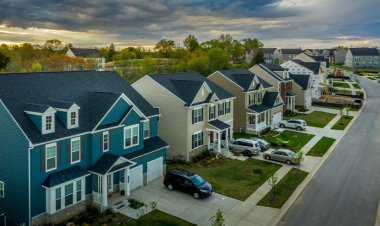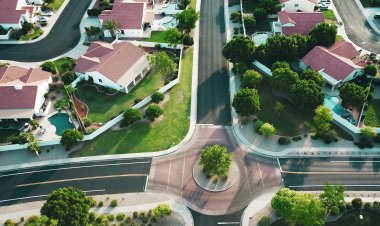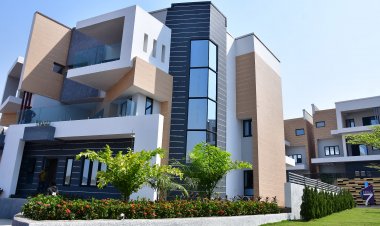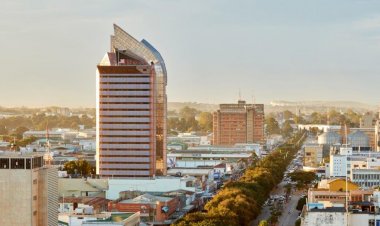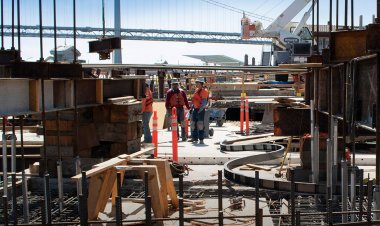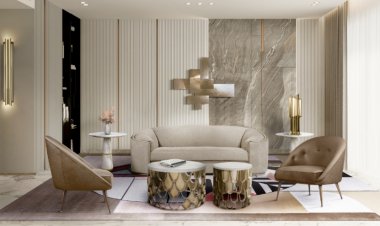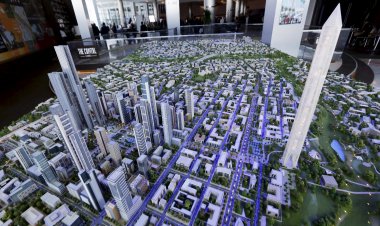Green Building; a Preserve of Natural Resources
When it comes to green building, there are no limitations to the type of building. It can be a home, an office, a hospital, or a school as long as the design, construction, and operation consider the qualifications of a green building.
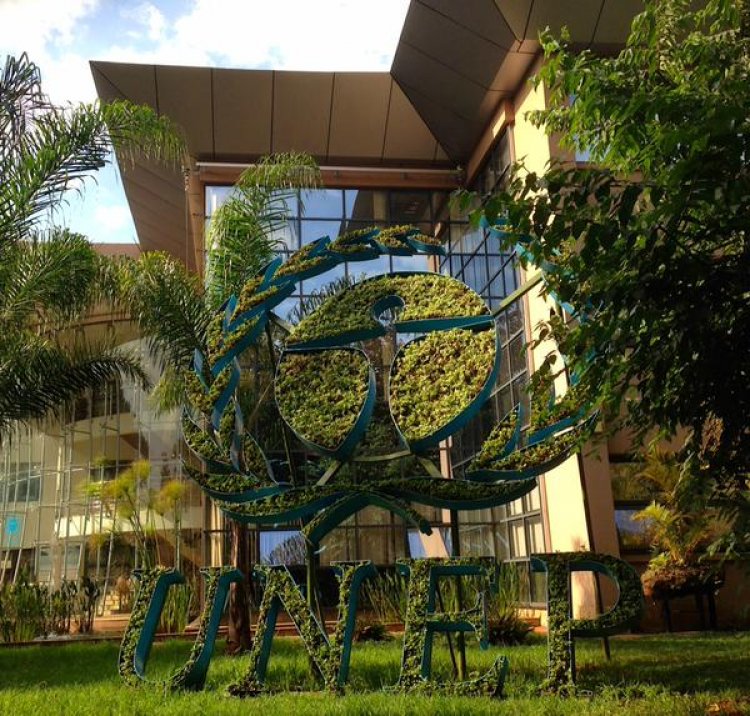
The color green is associated with nature and the naturality in the world. Therefore, a green building is one that reduces or completely removes the negative impact on our climate and natural environment. This is achieved through its design, operation and construction. Green buildings preserve natural resources and improve the quality of life.
For a building to be considered green it has to have certain characteristics that include;
- use of renewable energy like solar energy
- use of material that is sustainable, ethical and non-toxic
- efficiency in the use of resources such as energy and water
- good indoor environmental quality
- a design that considers and enables adaptation to change in the environment in its construction and operation
- consideration of the quality of life of the occupants
- waste reduction and pollution measures and the enabling of re-use and recycling
When it comes to green building, there are no limitations to the type of building. It can be a home, an office, a hospital, or a school as long as the design, construction and operation consider the qualifications of a green building.
Due to culture and climate differences in countries, green buildings might not be the same. Different environmental conditions will inform the different designs and constructions.
Green buildings address the issue of climate change, drives economic growth and creates sustainable communities. These benefits can be categorized as economic, social and environmental.
The economic benefit includes saving on cost on utility bills for households through water and energy efficiency. Also, there is job creation, lower construction costs and high property value.
On the environment, green buildings reduce or completely remove negative impacts on the environment. This is because there is the use of resources such as water and energy. In addition, green buildings have the ability to reduce greenhouse gas emissions. This will in turn impact our climate and natural environment. In South Africa for example, green buildings that achieve the Green Star certification have shown to save between 30%-40% potable water every year.
Socially, green buildings contribute to the health and wellbeing of people who use the buildings. Research has shown that air that has a low concentration of carbon dioxide and pollutants and high ventilation leads to improved performance.
Kenya has not been left behind when it comes to embracing green buildings technology in real estate development.
At the Catholic University of East Africa, Pope Paul VI Learning Resource Centre has a complicated cooling system with no single mechanical air conditioning system in the complex.
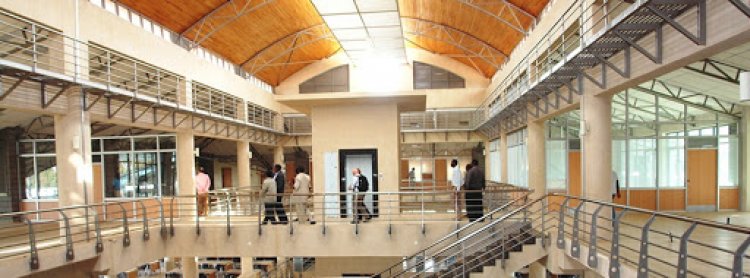
Inside Pope Paul VI Learning Resource Centre [photo/courtesy]
In the African Real Estate and Housing Finance (AREHF) Academy Awards, Strathmore Business School was awarded the Best Green Building Development in March 2012. The building is fitted with indoor air quality designed to meet LEED (Leadership in Energy and Environmental Design) standards, rainwater is collected and channeled to an underground tank and the LED lighting is directly connected to Photovoltaic Solar Louvres.
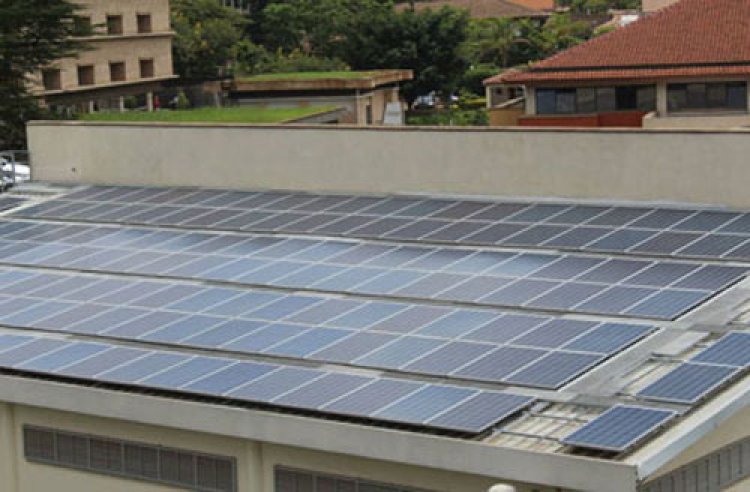
Solar panel roof, Strathmore Business School [photo courtesy]
The United Nations Environment Programme (UNEP) building is the first solar-powered UN office in the world with 6,000m2 of solar panels.
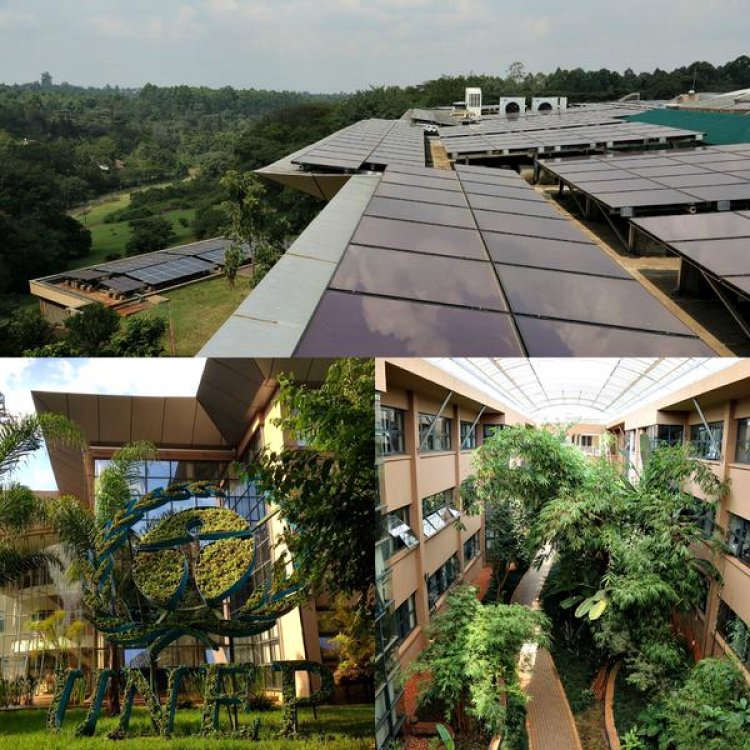
UNEP, Nairobi [photo courtesy]
-Edited by Emomeri Maryanne













